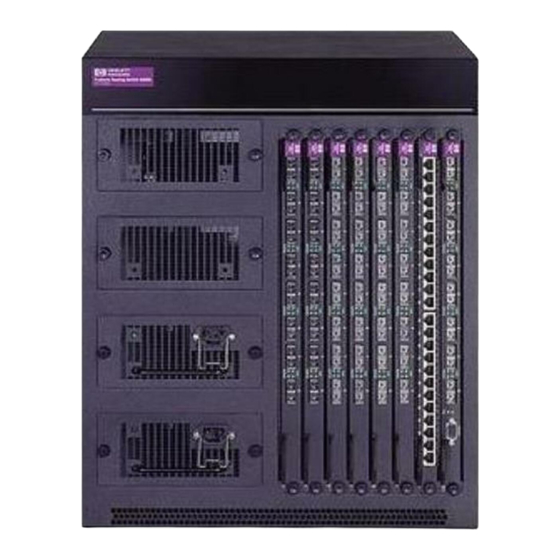
HP ProCurve 6208M-SX Manuals
Manuals and User Guides for HP ProCurve 6208M-SX. We have 2 HP ProCurve 6208M-SX manuals available for free PDF download: Installation And Getting Started Manual, Read Me First
HP ProCurve 6208M-SX Installation And Getting Started Manual (260 pages)
Hewlett-Packard Switch User Manual
Table of Contents
Advertisement
Advertisement

